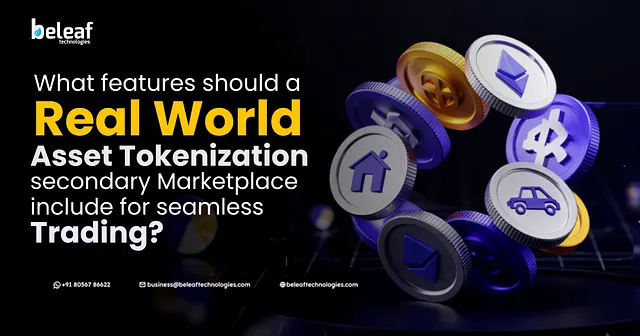SUI price shows a technical setup for a macro breakout with analyst Dan Gambardello targeting $10-$11 levels.
Recent partnership with Google’s Agentic Payments Protocol adds fundamental support to the technical analysis as SUI moves closer to potential breakout levels.
SUI Price Analysis Points to $10-$11 Breakout Target
Dan Gambardello has identified a clear ascending triangle formation on SUI price daily chart with upside targets around $10.79.
The analyst simplified this target range to $10-$11 for practical trading purposes. The pattern shows sustained higher lows meeting resistance at current levels before a potential breakout.
VanEck maintains more aggressive SUI crypto targets ranging from $13-$25 according to Gambardello’s research.
The $10 level is a more conservative higher high area for the current cycle. Midterm targets point to $7.50 in the 1.618 Fibonacci extension zone before longer-term objectives.
The monthly RSI shows extreme compression that Gambardello describes as “screaming for a macro breakout to the upside.”
This momentum oscillator behavior typically precedes major price movements in the crypto market.
SUI crypto risk model currently sits at 51 and matches pre-bull market levels seen in coins like Ethereum.
Gambardello compared this to Ethereum’s December 2020 reading of 51 before its major breakout. The March 2017 Ethereum reading of 53 preceded that cycle’s parabolic move.
The analyst also noted that SUI price trades near the same levels from almost a year ago in November 2024.
Bollinger Bands Signal Historic Compression
CryptoBullet has identified the tightest Bollinger Bands in SUI’s entire trading history on the weekly chart.
The BBW indicator compression reached levels that were historically followed by major price movements. This setup mirrors conditions before SUI’s previous major rallies.
Historical data shows SUI price delivered +253% gains between December 2023 and March 2024 following similar compression.
The September 2024 to December 2024 period produced +404% returns after comparable technical setup. CryptoBullet expects a third major pump ranging 150-200% from current levels.
The Bollinger Bands Width (BBW) indicator hitting the 63 level previously triggered these substantial price movements. Current readings suggest similar conditions are developing for another move.
SUI price has not shown much movement in the last 24 hours. As per Coingecko data, the price has jumped over 200% in the last year.
Google Partnership Adds Fundamental Support For SUI Crypto
Sui Network became a launch partner for Google’s Agentic Payments Protocol (AP2) on September 16, 2025.
The partnership positions SUI crypto as infrastructure for real-time AI agent transactions. Settlement times under 400 milliseconds make SUI ideal for automated payment systems.
The Google collaboration validates SUI’s technical capabilities for enterprise applications. Near-instant programmable payments support the growing AI agent economy.
This use case is also beneficial beyond traditional cryptocurrency trading and DeFi applications.
SUI’s technology stack delivers the speed required for AI agent micropayments and automated transactions. The sub-400 ms settlement is a notable improvement over traditional payment rails.
Enterprise adoption through Google’s platform could drive sustained demand for the crypto, potentially driving SUI price higher.
The partnership announcement follows months of sideways price action that built technical compression.
Gambardello noted this consolidation period created conditions similar to pre-bull market phases in other cryptocurrencies.
This combination of technical setup and fundamental catalysts supports analyst price projections for SUI crypto to $10-$11 levels.
Source: https://www.thecoinrepublic.com/2025/09/17/sui-price-eyes-macro-breakout-as-analyst-predicts-rally-to-11/


